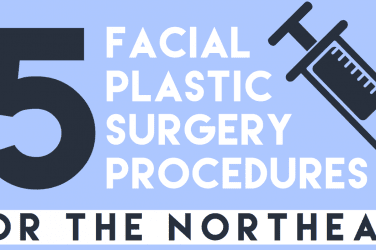Breast implants are a go-to for millions globally, either as a means to acquire the desired size or correct some concerns such as loss of fullness due to cancer, trauma, or underdevelopment.
While the implants improve your appearance, giving you much-needed confidence, they have their downs. The significant drawback of breast implants is rupture. Ruptures could happen anytime, immediately after the surgery, days, weeks, months, or after years. Here is a look at what causes the ruptures and what to look out for to spot them.
Breast implant rupture or deflation includes damage to the valve, crack/tear/hole in the shell, or valve separating from the implant shell. The primary causes are:
- Normal aging: Over time, the implant shell and valve wears and tears, eventually leading to rupture.
- Physical pressure: Intense physical stress, such as accidents, could prove too much for the implants causing ruptures.
- Surgical instruments: Too much handling during the surgery could damage the implants, stressing the need to ensure that you choose an experienced, reliable, and reputable professional.
- Damage during procedures: Over time, you’ll have to seek medical attention. Methods such as biopsies and fluid drainage could cause implant ruptures if not correctly handled. Too much compression during a mammogram could also cause implants ruptures, stressing the need to disclose such details of the augmentation to your doctor.
- Under/overfilling: This happens in cases of saline implants, as they are not pre-filled. If the implants are not filled correctly, it could cause the shell to tear or crack.
- Capsular contracture: While you strive to enhance your looks, your body might have a different idea. Your immune system reacts to foreign materials, and in breast augmentation, this could lead to ruptures. The development of scar tissue, forming a tight capsule around the implant could rupture it if not addressed in time.
What are the symptoms and risks?
Rupture symptoms vary depending on the option you choose. Saline implants rupture is the most apparent, as you can notice breast size changes within days or weeks following the leak’s size. After the rupture, saline is absorbed by the body, a concern that most users might think poses a risk to their overall health. However, saline absorption poses no threat as it isn’t a harmful substance to your body.
Silicone implants are different as ruptures can happen without spotting apparent symptoms, also referred to as silent rupture. However, you might experience swelling and redness, tingling, numbness, burning sensation, tenderness, or pain, to mention a few symptoms. You might also notice changing breast shape with uneven appearance, feel some hard knots, and notice a slight size decrease. If the silicone gel migrates from the breast, it could cause lumps known as granulomas that typically form in the breast, armpit, chest wall, or abdomen.
Breast implant ruptures might not always be apparent. As such, you are advised to embrace regular checkups to ascertain their condition, especially if you opted for silicone implants. Routine MRI checkups can help you spot the rupture before the material leaves the breast capsule, easing its correction as it won’t necessitate capsule removal.







